Scoliosis is a progressive condition that leads to the sideways curvature of your spinal column. Scoliosis surgery is used to prevent the curvature from worsening while correcting the deformity, thereby straightening your spinal column. Dr. Brian McHugh is a scoliosis specialist on Long Island who applies the latest minimally invasive spine surgical techniques to address pediatric and adult scoliosis. However, he prefers treating scoliosis without surgical intervention, so he exhausts all non-operative treatment options (medications, injections, physical therapy, spinal brace, etc.) before recommending scoliosis surgery.
Scoliosis Surgery
What is the Scoliosis Surgery?

What is scoliosis?
The human spine consists of a few natural curves, such as the gentle arch of the lower back and the cervical spine curves, i.e., the neck region. However, scoliosis is the sideways abnormal curvature of the spine, i.e., when your spine develops an “S” or “C” shaped appearance. Scoliosis can affect your body’s overall balance, making your hips, legs, and shoulder seem uneven. If you have scoliosis, it may seem like you have unevenly-sized legs, or one of your ribs and shoulders may protrude further out than the other.
Scoliosis can affect both children and adults but for different reasons. Children and adolescents usually suffer from congenital or “idiopathic” scoliosis, i.e., there’s no identifiable root cause for their scoliosis. Adults usually develop scoliosis because of underlying degenerative spinal conditions, such as degenerative disc disease, arthritis, etc. Dr. McHugh runs a wide range of diagnostic tests to determine the root cause of your scoliosis before curating a treatment plan customized to address your unique concerns.
What are the scoliosis treatment options?
Reputable neurological surgeons always recommend a wide range of non-operative treatments before considering scoliosis surgery. If you’re suffering from scoliosis due to underlying degenerative diseases, the surgeon may recommend medications, corticosteroid injections, or physical therapy to address the underlying issue. Children with mild scoliosis may be given a brace scoliosis treatment to prevent their spinal curvature from progressing further. Scoliosis surgery is considered if all non-surgical options fail and your spinal curvature continues worsening or if you’re already suffering from severe scoliosis.
Contact us at McHugh Neurosurgery if you would like to speak to a scoliosis specialist on Long Island.

What can I expect from scoliosis surgery?
Scoliosis surgery has two goals — first, stop the spinal curvature from worsening; second, correct the spinal deformity. During the scoliosis surgery, the treatment region is cleaned and prepared for the procedure. Dr. McHugh uses a specialized computer monitoring system to guide the surgery with the utmost precision, avoiding potential complications. He may also use a fluoroscopic device or spinal navigation system for a real-time visual of your spinal anatomy during the treatment.
The specific details of the scoliosis surgery procedure differ from one patient to the next. Each patient’s spinal anatomy is unique, so all scoliosis surgeries are also unique. The scoliosis surgery may be performed from the anterior (front), posterior (back), or lateral (side) regions. The procedure might be performed between the ribs, and it may involve removing one or more intervertebral discs, cutting bone, or other necessary techniques.
The scoliosis surgery might also include the placement of a bone grafting material within the empty space between the upper and lower vertebrae. Bone grafting is done to encourage natural bone growth for spinal fusion and stability. The grafting material may be derived from another part of the patient’s body (autograft), a bone donor (allograft), or synthetic materials. Spinal instruments like rods and screws might support spinal alignment, while new bone tissues gradually grow around the implants.
After the procedure, post-operative x-rays might be taken to ensure optimal spinal correction and implant placement. The wounds are closed, and you’re taken to the recovery room, where your vitals are monitored for a few hours. Dr. McHugh provides a detailed overview of your post-operative recovery journey, including medications, physical therapy, guidelines, activity limitations, etc. You must follow all of Dr. McHugh’s guidelines to ensure a smooth recovery journey.


